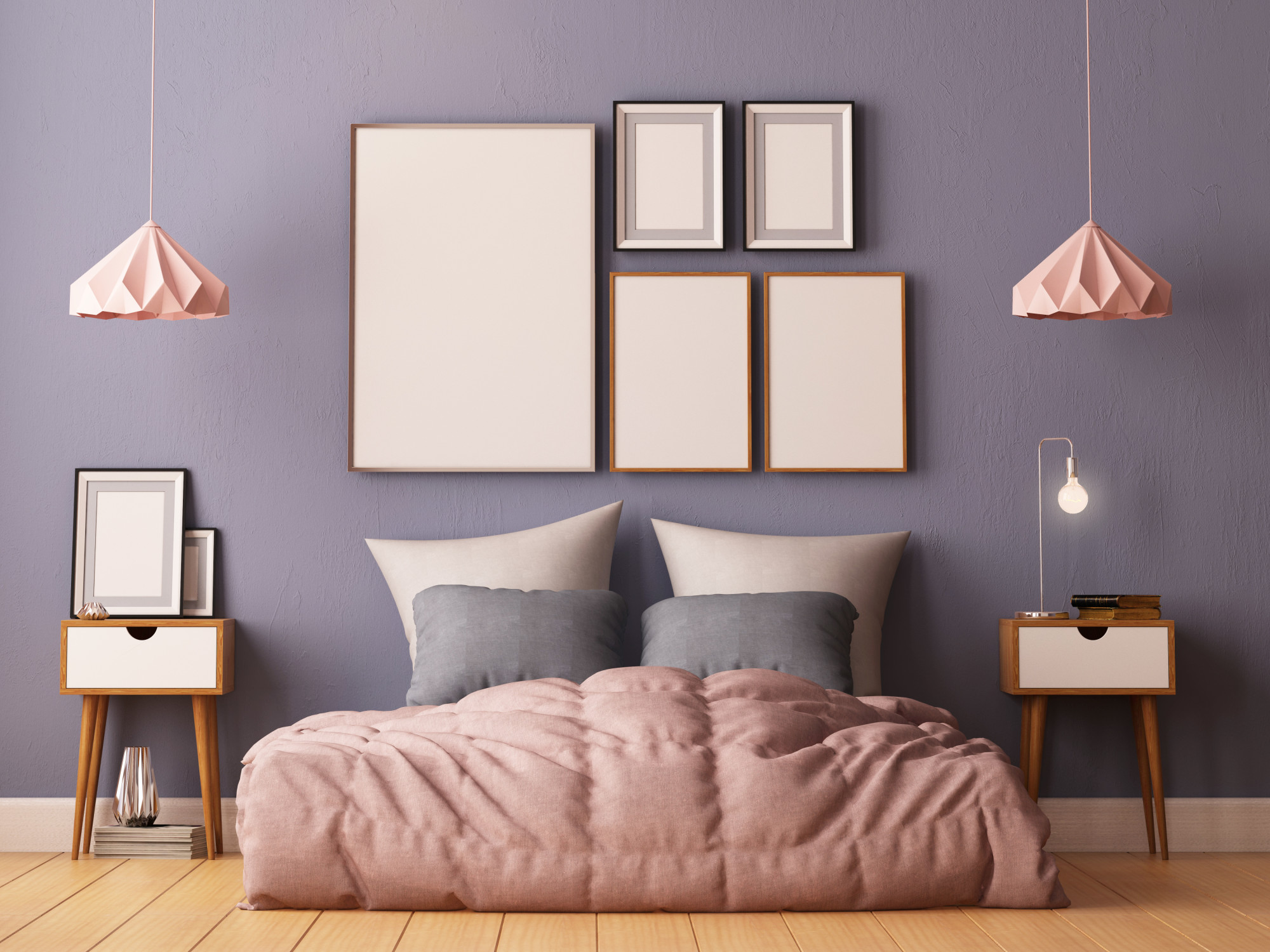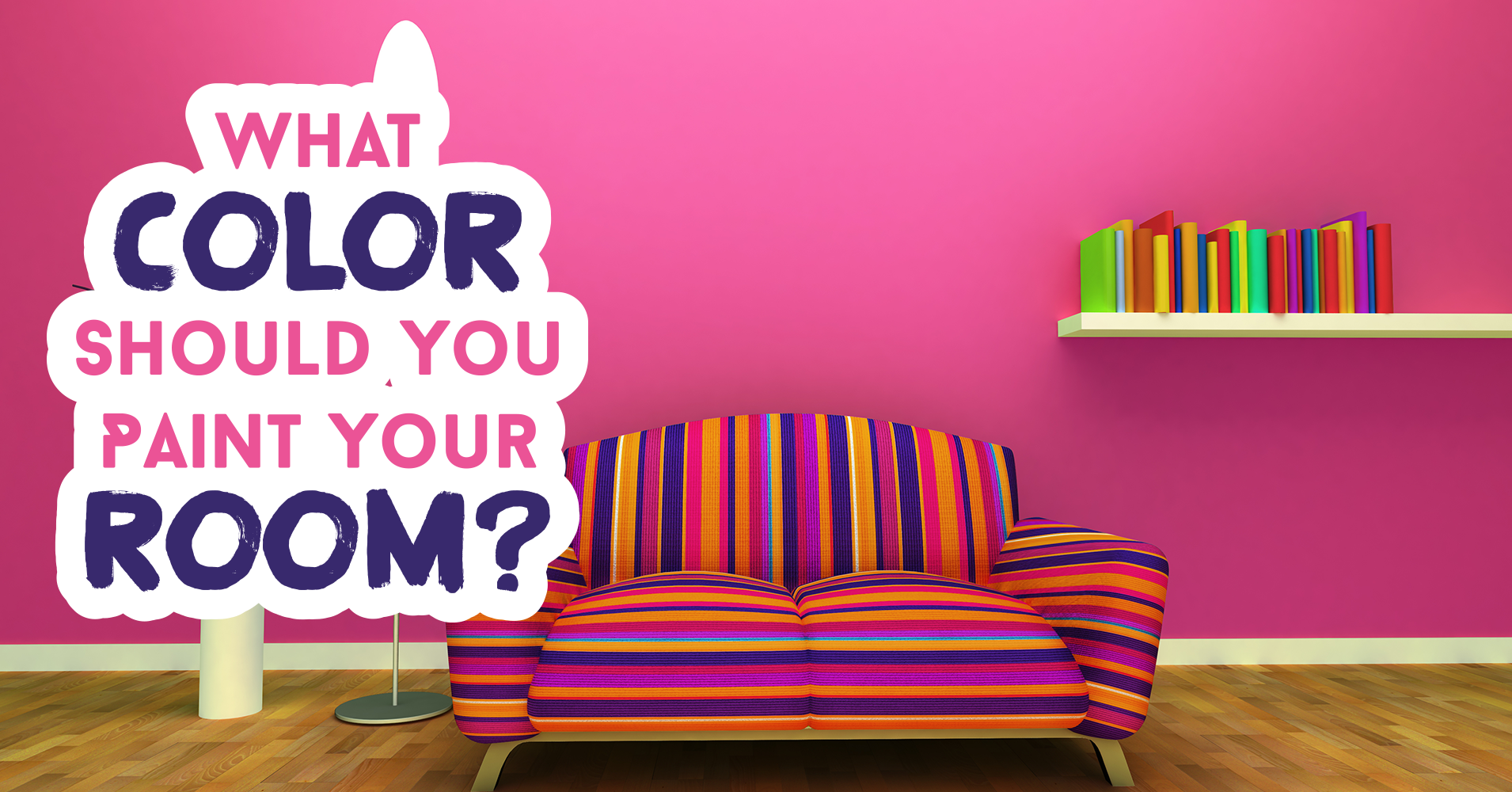Understanding Your Bedroom Preferences: What Colour To Paint My Bedroom Quiz

Your bedroom is a sanctuary, a space where you unwind and recharge. Choosing the right color can significantly impact the atmosphere of your room, influencing your mood and overall well-being. It’s crucial to consider your personal style and how it translates into your desired bedroom ambiance.
Determining Your Preferred Atmosphere, What colour to paint my bedroom quiz
Your preferred atmosphere plays a significant role in guiding your color choices. The atmosphere you seek can be broadly categorized as calming, energizing, or romantic.
- Calming Ambiance: If you desire a peaceful and relaxing environment, consider cool colors like blues, greens, and purples. These hues promote tranquility and help you unwind after a long day.
- Energizing Ambiance: For a stimulating and invigorating atmosphere, opt for warm colors like reds, oranges, and yellows. These hues can boost energy levels and create a vibrant space.
- Romantic Ambiance: To create a cozy and intimate setting, consider soft pastels, such as pinks, peaches, and lavender. These colors evoke feelings of love and romance.
Understanding Your Color Preferences
It’s essential to understand your personal color preferences. This involves considering which colors make you feel most comfortable and at ease.
- Comfortable Colors: These are the hues that you find soothing and relaxing. They create a sense of familiarity and security.
- Inspiring Colors: These are the colors that evoke positive emotions, such as joy, creativity, or motivation. They can stimulate your senses and uplift your mood.
Room Size and Light Conditions
The size of your room and the amount of natural light it receives can significantly influence your color choices.
- Small Rooms: Light colors can make small rooms appear larger. They reflect light, creating an illusion of more space.
- Large Rooms: Darker colors can create a cozy and intimate feel in large rooms. They absorb light, making the space feel smaller and more intimate.
- Limited Natural Light: Light colors can brighten a room with limited natural light, while darker colors can make a room feel even darker.
Exploring Color Psychology

Choosing the right color for your bedroom is a significant decision, as it can profoundly impact your mood, sleep quality, and overall well-being. Understanding the psychological effects of different colors can help you create a space that promotes relaxation, creativity, or energy, depending on your desired atmosphere.
The Impact of Colors on Mood, Sleep, and Productivity
Colors have a powerful influence on our emotions and behavior. They can evoke feelings of calmness, excitement, or even anxiety. Understanding how different colors affect our mood, sleep quality, and productivity can help us make informed decisions about our surroundings.
- Blue: Often associated with the sky and ocean, blue is known for its calming and relaxing properties. It can help lower blood pressure, reduce stress, and promote feelings of tranquility. This makes blue an ideal choice for bedrooms, as it can create a peaceful atmosphere conducive to restful sleep.
- Green: Drawing inspiration from nature, green is a soothing and refreshing color. It can evoke feelings of peace, harmony, and renewal. Green is believed to be beneficial for both mental and physical well-being, promoting a sense of balance and stability. This makes it a suitable choice for bedrooms, especially for those who want to create a calming and rejuvenating environment.
- Yellow: Often associated with sunshine and happiness, yellow is a cheerful and optimistic color. It can stimulate creativity, boost energy levels, and enhance mood. However, excessive yellow can be overwhelming, so it’s best used in moderation in bedrooms. A touch of yellow can add a bright and uplifting touch without being too stimulating.
- Red: A vibrant and passionate color, red is known for its stimulating and energizing effects. It can increase heart rate, boost metabolism, and enhance alertness. While red can be a good choice for stimulating creativity or promoting a sense of excitement, it’s generally not recommended for bedrooms, as it can make it difficult to relax and fall asleep.
- Purple: Often associated with royalty and spirituality, purple is a luxurious and creative color. It can promote feelings of peace, tranquility, and inspiration. Purple can be a good choice for bedrooms, as it can create a calming and serene atmosphere. However, it’s important to use purple in moderation, as too much can be overwhelming.
Color Combinations and Trends

Choosing the right color palette for your bedroom is crucial, as it sets the tone and atmosphere for the space. It’s important to consider your personal preferences and the overall style you want to achieve. While your own tastes are paramount, exploring popular color combinations and current trends can provide inspiration and guidance.
Monochromatic Color Schemes
A monochromatic color scheme uses different shades, tints, and tones of a single color. This creates a sense of harmony and sophistication, especially when used in a bedroom. For example, a soft gray bedroom can be enhanced with lighter shades of gray on the walls and darker gray accents in furniture and accessories. The key is to create visual interest with variations in the same hue.
Analogous Color Schemes
Analogous color schemes use colors that are next to each other on the color wheel. This creates a sense of unity and flow, making the space feel more cohesive. For example, a bedroom with a blue base color could incorporate green and purple accents. This approach can be particularly effective for creating a calming and relaxing atmosphere.
Complementary Color Schemes
Complementary color schemes use colors that are opposite each other on the color wheel. This creates a vibrant and energetic feel. While complementary colors can be bold, they can also be used subtly. For example, a bedroom with a warm orange base color could be balanced with a cool blue accent wall or furniture.
Current Trends in Bedroom Color Palettes
Current trends in bedroom color palettes are moving towards calming and natural hues. Popular colors include:
- Earthy Tones: Warm browns, greens, and yellows evoke a sense of nature and tranquility. These colors are often used in combination with natural materials like wood and rattan.
- Soft Blues: Pale blues and aqua shades create a sense of peace and serenity. They are often used in combination with white or gray for a clean and modern look.
- Warm Neutrals: Creams, beiges, and light grays are versatile and timeless. They provide a blank canvas for adding pops of color with accents.
These color palettes are often paired with natural materials and textures, such as linen, cotton, and wood. This creates a sense of warmth and inviting atmosphere.
Color Combinations for Different Room Sizes and Styles
- Small Bedrooms: Light colors can make a small bedroom feel larger and more spacious. Consider using a light color on the walls and a darker color on the trim to create a sense of depth. Avoid using too many colors, as this can make the room feel cluttered.
- Large Bedrooms: Darker colors can create a cozy and intimate feel in a large bedroom. Consider using a deep color on the walls and lighter accents on the furniture and accessories.
- Modern Bedrooms: Modern bedrooms often feature clean lines and minimalist designs. Consider using a monochromatic color scheme or a bold complementary color scheme.
- Traditional Bedrooms: Traditional bedrooms often feature ornate details and rich colors. Consider using a warm analogous color scheme with a variety of textures and patterns.
